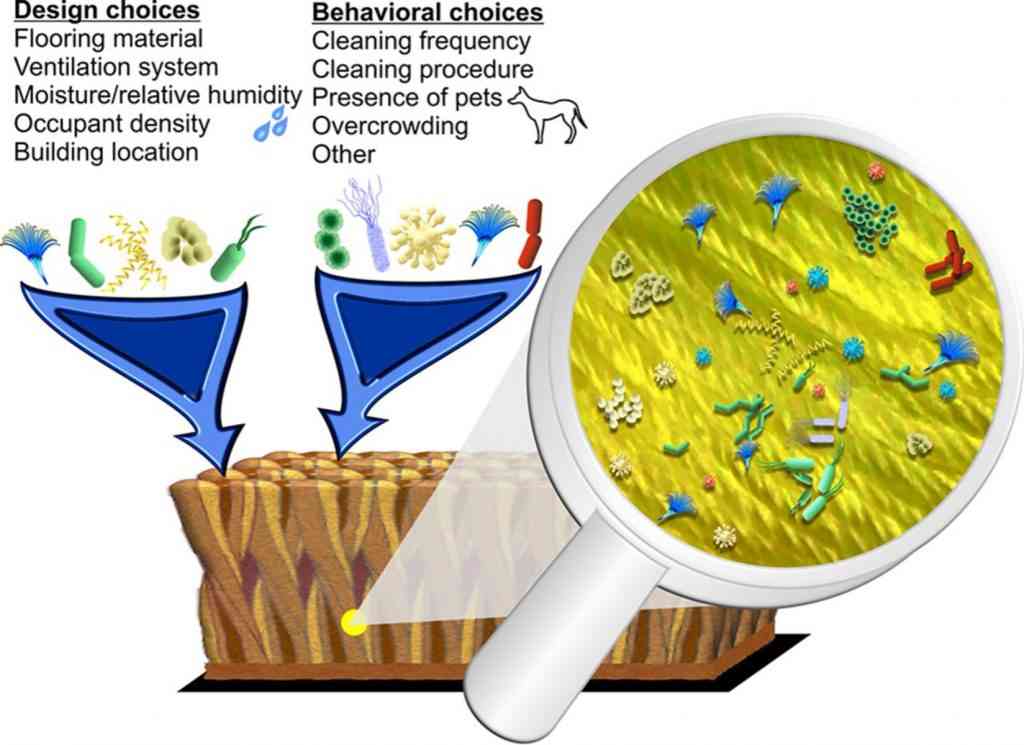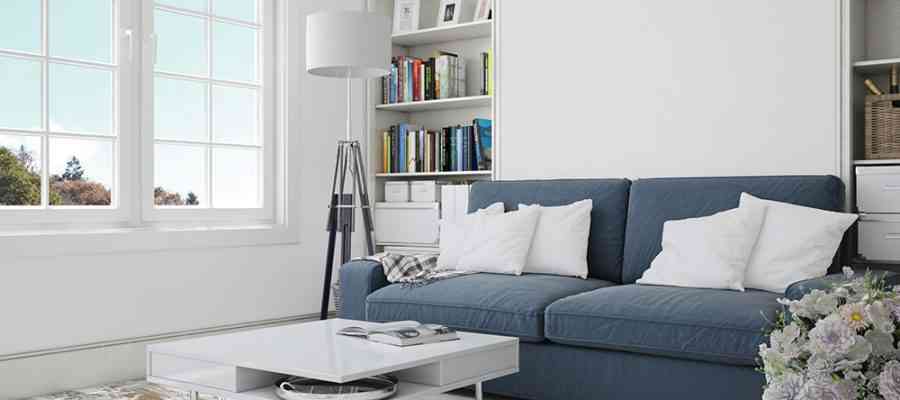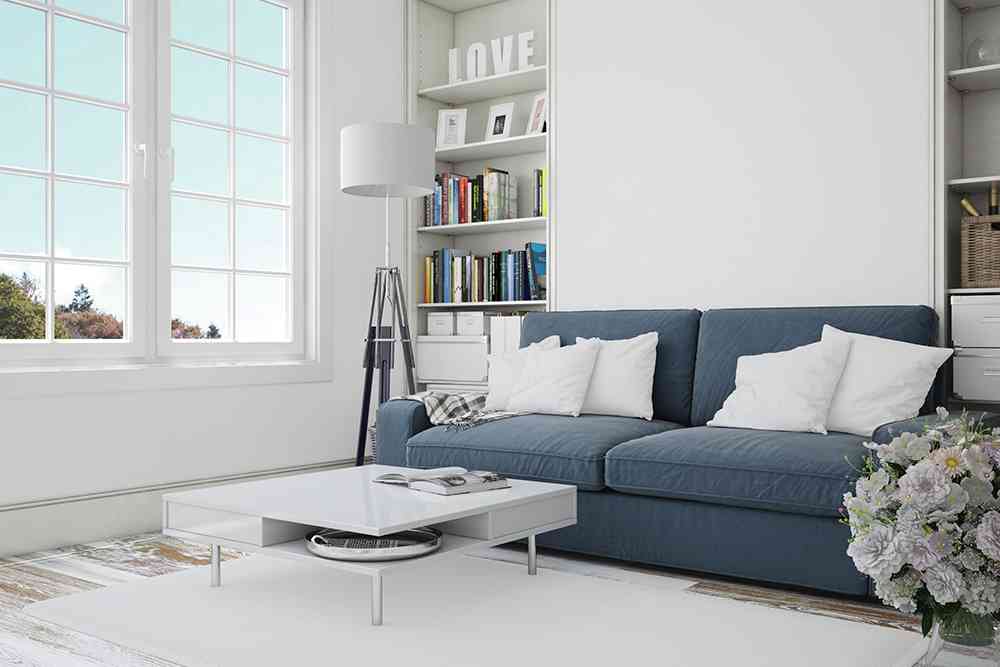MICROBIOMES OF BUILT ENVIRONMENT – AN OVERVIEW
MICROBES OF BUILT ENVIRONMENT – BACKGROUND
Recent developments in molecular biology techniques such as high throughput sequencing (HTS) have facilitated tremendous progress in the field of microbiome and its association with the built environment and human health and overall well-being. These studies have opened a new venture in the development of human health and in the design of built structures or environments. A lot of thorough research is required to better understand the complexity of the interactions of the built environment with microbes and human immune systems, but it is a positive start in the right direction. The key terms – microbiome and built environments are fundamentals in understanding this complex interaction.
What exactly is a “built environment”? A built environment constitutes as ANY anthropogenic or manmade structure that facilitates in habitation and overall socio-mental development of human beings. It can be it schools, daycare facilities, offices, banks, malls, fitness centers, houses, etc. What is the definition of “Microbiome”? The collective sum of all the living organisms and their by-products within the built environment are known as Indoor Microbiome. The term “Indoor Microbiome” includes a broad spectrum of living microorganisms such as bacteria, virus, fungi, unicellular organisms like algae, protozoa, etc. and non-living microbial components and byproducts of microbial metabolism such as volatile organic compounds. In addition to microbiomes, humans are also exposed to a variety of chemicals in each lifetime – be it personal hygiene products, cosmetics, cleaning, and disinfecting, etc. The term “exposome” is used to collectively describe the exposure of humans to microbiome and chemicals. Understanding the impact of these exposomes can significantly help us understand human health and diseases and their treatment better. As demonstrated in Figure 1, there are several critical components of the human-built environment exposome. Indoor air quality varies a lot on the category of living organisms inhabiting within a given environment. A vast majority of our time is spent indoors, especially since the onset of the Covid-19 pandemic where the percent of employed population working from home nearly doubled. Recent studies by the US EPA have shown that Americans spent approximately 90 percent of their time indoors. These statistics give us an insight into understanding the level of human exposure to microbiomes in anthropogenic environments, the impact of these exposures, and give the required momentum to modify these environments to potentially impact human health and overall well-being.

There are broad and expanding list of microbes that are prevalent in the built environment. Additionally, humans are also considered a source of bacteria to indoor air. Certain microbiomes are found to be beneficial in aiding human health such as those found in farm or livestock animals. These data can help scientists and researchers cultivate or engineer an environment that includes healthy microbiome. These findings are helping revolutionize the understanding of human health and disease control and prevention. There are many characteristics about microbes, most of them still being explored and researched. This article provides a brief overview and some facts on Microbiomes of the Built Environment. This article is part of new series by Sani Service titled “Microbiome of the Built Environment” that provides an understanding of the microbes residing in the built environment or anthropogenic environments such as residential houses, office buildings, schools, etc., sources of microbes, impact of microbes on human health, and factors contributing to the growth of microbiomes in the built environment. Sani Service are one of the leading providers in excellent and sustainable indoor air quality treatment solutions for both residential and commercial clients.
CHARACTERISTICS OF INDOOR MICROBIOMES
1. Typical Indoor Microbe – can vary depending on a broad number of factors such as design of the building, ventilation system, human occupancy, geographical location, lifestyle choices, premise plumbing, and climate change to name a few. Figure 2 provides a graphical representation of this association between different sources and the type of indoor microbes existing in the built environment.

2. Modes of Transfer – air, water, and surfaces are primary sources or modes of transmission for indoor microbiomes. Occupant shedding contains microbiomes which are transported to the outdoors through air and water and surfaces.
However, the characteristics or components of indoor microbiome are much complex and need thorough research and deeper understanding of the diverse functions of microbes. Microbial interaction with the human body occurs simultaneously with exposure to allergens, pollutants, and chemicals. Additionally, the impact of all these agents can vary depending on the nature of the population such as age, gender, diet, existing health conditions, etc.
REFERENCES
- Adams, R. I., Bhangar, S., Dannemiller, K. C., Eisen, J. A., Fierer, N., Gilbert, J. A., … & Bibby, K. (2016). Ten questions concerning the microbiomes of buildings. Building and Environment, 109, 224-234.Dannemiller, K. C. (2019). Moving towards a robust definition for a “healthy” indoor microbiome. Msystems, 4(3), e00074-19.
- National Academies of Sciences, Engineering, and Medicine. (2017). Microbiomes of the built environment: a research agenda for indoor microbiology, human health, and buildings.
- Gilbert, J. A., & Stephens, B. (2018). Microbiology of the built environment. Nature Reviews Microbiology, 16(11), 661-670.
- Li, S., Yang, Z., Hu, D., Cao, L., & He, Q. (2021). Understanding building-occupant-microbiome interactions toward healthy built environments: A review. Frontiers of environmental science & engineering, 15(4), 1-18.
- Fitzpatrick, M. C., Bauch, C. T., Townsend, J. P., & Galvani, A. P. (2019). Modelling microbial infection to address global health challenges. Nature microbiology, 4(10), 1612-1619.
- Dai, D., Prussin, A. J., Marr, L. C., Vikesland, P. J., Edwards, M. A., & Pruden, A. (2017). Factors shaping the human exposome in the built environment: opportunities for engineering control. Environmental Science & Technology, 51(14), 7759-7774.
By Abhiram Satyadev



